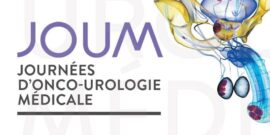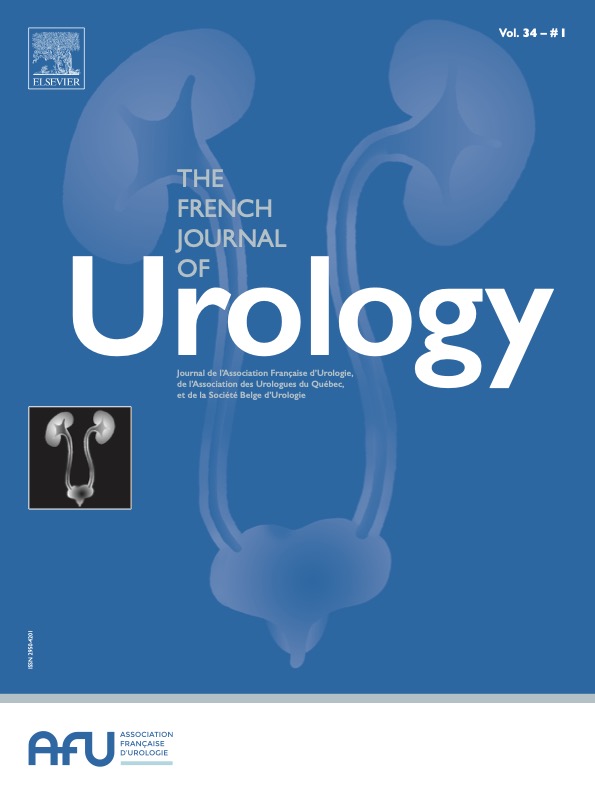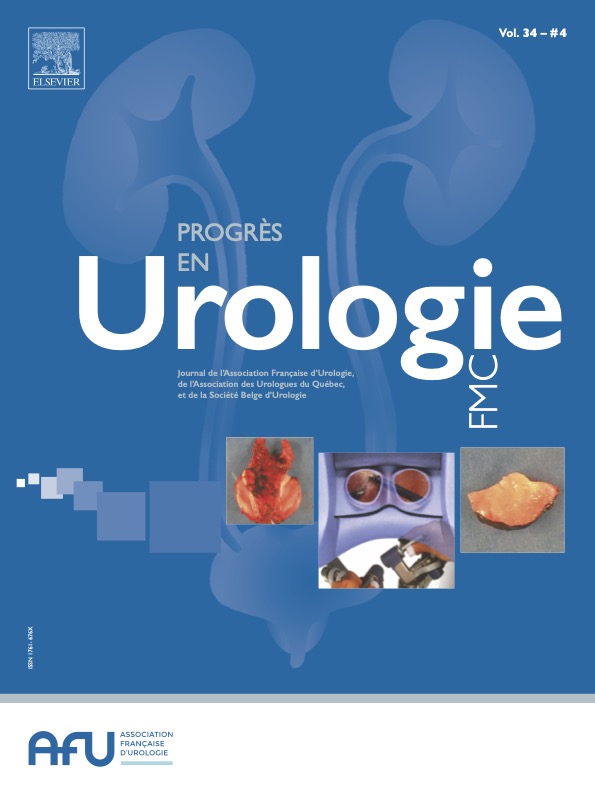OBESE PATIENTS ARE ASSOCIATED WITH A HIGHER TUMOR VOLUME AND MORE POSITIVE MARGINS AT THE TIME OF RADICAL RETROPUBIC PROSTATECTOMY THAN NORMAL WEIGHT AND OVERWEIGHT PATIENTS.
Obesity has been associated with a higher biochemical recurrence rates after Radical Prostatectomy (RRP). It has been proposed that obese men have more aggressive prostate cancer and also that they are technically more difficult to operate and therefore, obtaining higher rates of T2 positive margins. We examined the association of body mass index (BMI) and the clinical and pathological characteristis of patients who underwent RRP in our institution. between body mass index (BMI) and capsular incision at RP as a surrogate of a poor technical operation.
Materials and Methods: 718 consecutive men treated with RRP between 1999 and 2006 in our institution. One hundred and sixty nine (28%) patients had normal BMI (< 25), 329 (54%) patients had overweight BMI 25-29.9, and 109 (18%) patients were obese (BMI ≥ 30) We evaluated the association between BMI and age, PSA, Gleason score, pathological stage, tumor volume and margin status. ANOVA, Kriskal Wallis and Chi square tests were used.
Results: Of the 718 patients, 607 composed our study cohort because they have all the information in their records. There were no differences among normal BMI group, overweight group and obese group in terms of age at diagnosis (p= 0.1), PSA (p=0.28), Gleason score (p=0.52) and pathological stage (p=0.91). However, the obese group had a higher tumor volume in the radical prostatectomy specimen (8.9 cc) as compared with the normal BMI and overweight group, (6.6 cc, and 5.9 cc respectively, p=0.0012). There was a trend of having more positive surgical margins in the obese group (56%) (p =0.06). Positive margins in the obese group were present more in the pT2 or in the pT3 we found that 76% of the pT3 patients had positive margins and only 41% in the pT2. (p=0.0013). Conclusions: In our study, obesity was associated with a more aggressive characteristic of prostate cancer given by higher tumor volume and a trend of having more positive margins in the surgical specimen. We found that these positive margins were present mostly in T3 patients, therefore we can speculate this finding is due to the aggressively of the cancer and not because of a technical difficulty in obese men.








